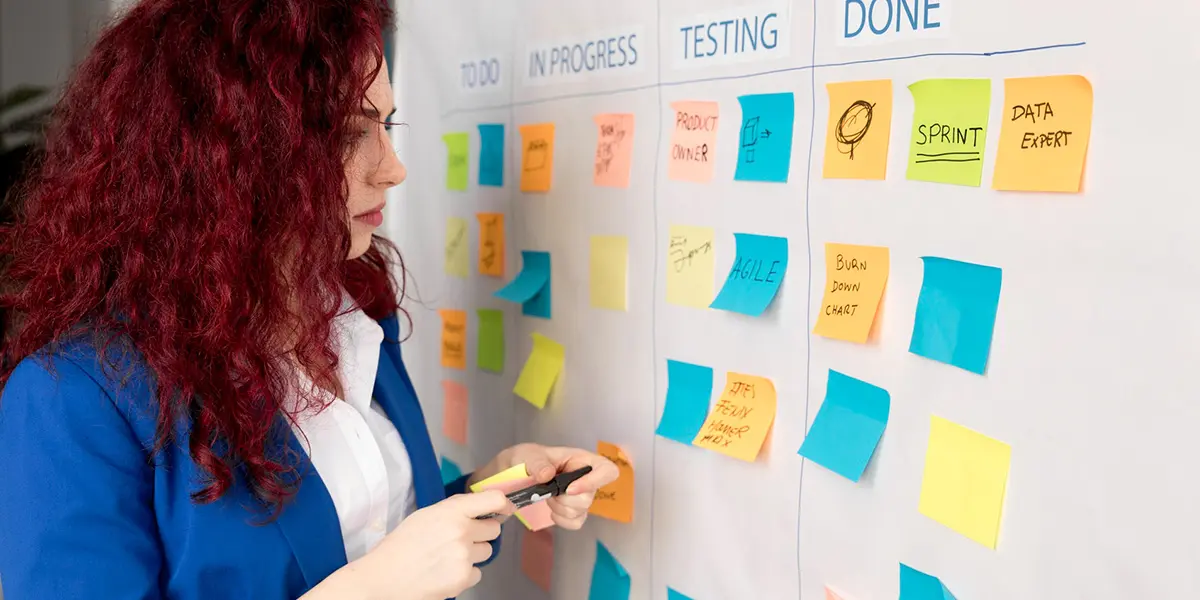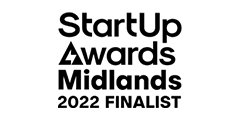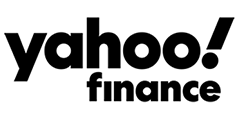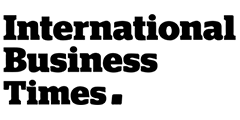
October 9, 2023
By
Kamran Awan
Category
Business
Within the project management sphere, agile methodologies have gained immense popularity for their ability to enhance efficiency, flexibility, and collaboration among teams. Two prominent agile frameworks, Kanban and Scrum, have emerged as frontrunners in this arena. Each approach offers its unique set of advantages and use cases, making the choice between them a critical decision for any organisation. In this comprehensive blog, we'll delve into the depths of Kanban and Scrum, comparing their key aspects to help you determine which is better suited for your project needs.
Understanding Kanban
What is Kanban?
Kanban, which means "visual card" in Japanese, originated from the Toyota Production System (TPS) in the 1940s. It revolves around the concept of visualising work and optimising workflow.
Principles of Kanban
Kanban operates on several fundamental principles:
- Visualising workflow: Creating a visual representation of tasks and their progress using boards or cards.
- Limiting work in progress (WIP): Restricting the number of tasks in each stage to prevent overloading.
- Managing flow: Continuously optimising workflow to enhance efficiency.
- Making process Policies Explicit: Defining clear rules and guidelines for each process step.
- Improving collaboratively and evolving experimentally: Encouraging team collaboration and a culture of continuous improvement.
- Highly flexible and adaptable.
- Ideal for teams with unpredictable workloads.
- Promotes a continuous improvement mindset.
- Simple to implement and doesn't require predefined roles.
Unpacking Scrum
What is Scrum?
Scrum, on the other hand, is a more structured agile framework, originally developed in the early 1990s. It revolves around time-boxed iterations known as "sprints."
Core concepts of Scrum
Scrum operates based on these core concepts:
- Sprints: Fixed time intervals during which specific tasks are completed.
- Roles: Clear roles like Scrum Master, Product Owner, and Development Team.
- Artefacts: Essential documents like Product Backlog, Sprint Backlog, and Increment.
- Meetings: Regular meetings such as Daily Standup, Sprint Planning, and Sprint Review.
- Provides a structured framework with clear roles and responsibilities.
- Effective for complex projects with defined goals.
- Encourages collaboration and transparency through daily standup meetings.
- Emphasises regular feedback and adaptability.
Kanban vs. Scrum: The Showdown
| Kanban | Scrum | |
|---|---|---|
| Use cases | Excels in environments where tasks are unpredictable and have varying priorities | Better suited for projects with well-defined goals and a stable scope |
| Flexibility | Offers more adaptability to changing requirements | Provides a stable framework for projects with fixed objectives |
| Roles and Responsibilities | Allows for a more fluid approach to roles and responsibilities | Defines roles explicitly, making responsibilities clear |
| Work Visualisation | Provides a real-time view of the workflow | Relies on predefined sprint plans |
Conclusion
The choice between Kanban and Scrum ultimately depends on your specific project needs and organisational culture. Kanban offers flexibility and continuous improvement, making it a great fit for dynamic environments. Scrum, with its structured approach, suits projects with defined objectives and stable scopes. Whichever you choose, both methodologies can significantly enhance your team's efficiency and productivity.
FAQs
Q: Which is easier to implement, Kanban, or Scrum?
A: Kanban is generally easier to implement as it doesn't require predefined roles and follows a more fluid approach.
Q: Can I combine elements of both Kanban and Scrum in my project?
A: Yes, you can create a hybrid approach called "Scrumban" by blending elements of both methodologies to suit your project's needs.
Q: Are there any industries where one methodology is preferred over the other?
A: While both Kanban and Scrum have wide applications, Kanban is often preferred in industries with constantly changing priorities, such as IT support and customer service.
Q: How do I decide which methodology is best for my team?
A: Assess your project's characteristics, team preferences, and objectives. Choose the methodology that aligns most closely with these factors.
Q: What tools are available for implementing Kanban and Scrum?
A: There are various project management tools like Trello, JIRA, and Asana that support both Kanban and Scrum methodologies.
To find out how you can launch your own Digital Agency, please contact a member of our team.
Until next time, take care.
Share this Post






















